Are Bulbs Edible: Information About Flower Bulbs You Can Eat
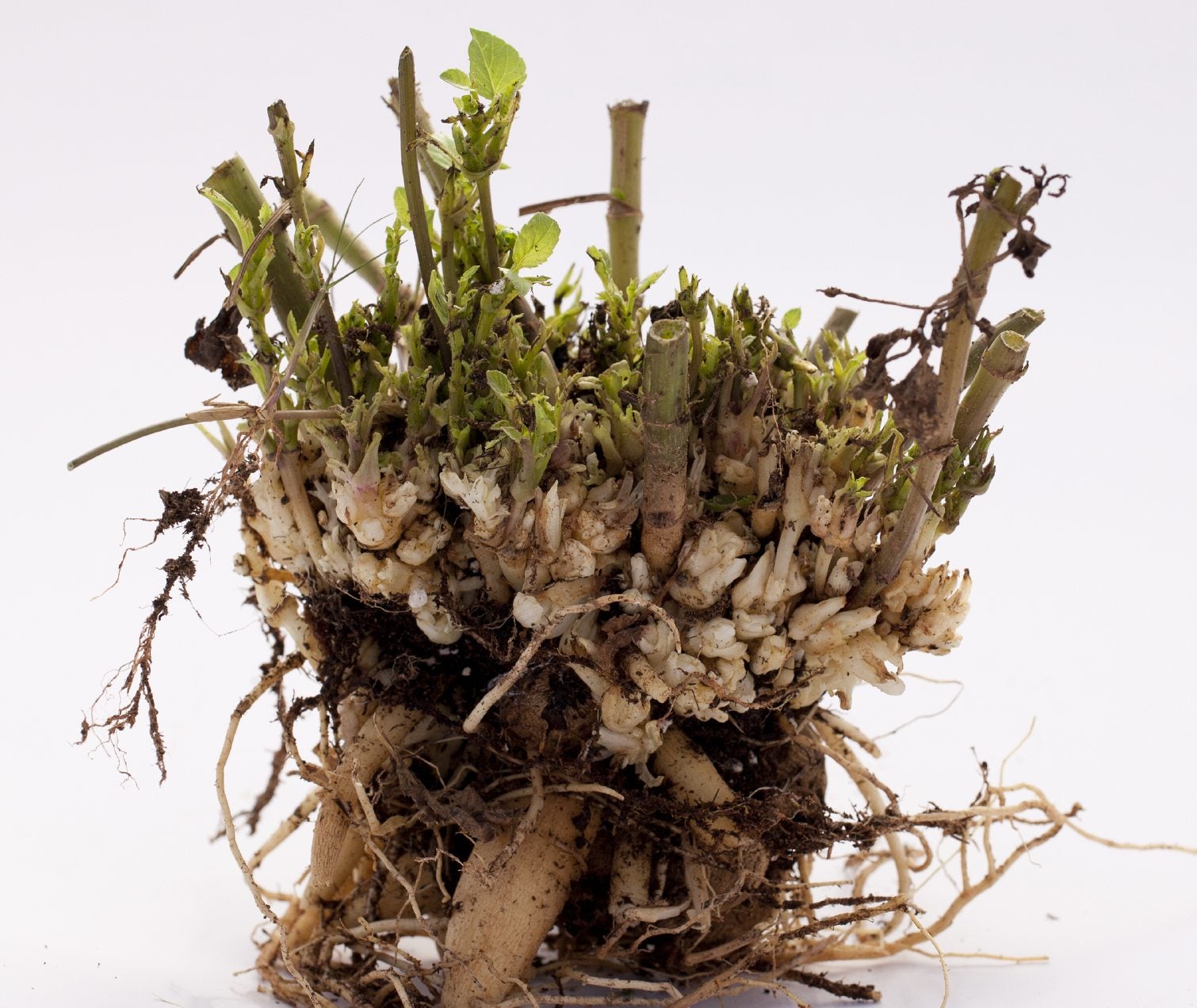

If you’ve ever considered popping a flower bulb into your mouth, don’t! Although there are types of flower bulbs you can eat, always, always, always check with a professional first. Your local cooperative extension office is a good place to start. The exception, of course, are edible flower bulbs such as onions, garlic, and leeks. These plants in the allium family are safe to eat, and if the plants are allowed to bloom, the flowers are quite eye-catching.
Can You Eat Flower Bulbs?
One of the more common questions we hear is “are bulbs edible?” When it comes to flowering bulbs, there are indeed a few that may be eaten. Here are some of the types of flower bulbs you can eat – but only if approved by someone knowledgeable in this practice:
- Grape hyacinth – Some sources indicate that grape hyacinth bulbs may be edible. In fact, Bucknell University relates that an ancient Roman physician double-boiled the bulbs and enjoyed eating them with vinegar, fish sauce, and oil. However, just because a Roman physician supposedly ate the bulb doesn’t mean it’s a good idea. Again, always check with a professional before you decide to cook up a batch of grape hyacinth bulbs.
- Tassel hyacinth – Similarly, various sources indicate that Italians enjoy the bulbs of lampascioni, a wild plant also known as tassel hyacinth. The bulbs require repeated soaking and rinsing to remove a mucinous goo that most people find unpleasant. Many modern cooks think the bulbs are made palatable only with generous amounts of wine and olive oil. If you want to experiment with types of edible flower bulbs, you can buy the lampascioni bulbs in jars at certain upscale gourmet markets.
- Camassia lily – Another edible hyacinth cousin is the blue camas (Camassia quamash), also known as camassia lily. The bulbs from this wildflower grow a little closer to home. In fact, Native American tribes of the American West relied on the bulbs for sustenance. The problem, however, is that harvesting the bulbs kills the plant, and overharvesting may put the blue camas in jeopardy. If you decide to try harvesting blue camas bulbs, remove no more than one-quarter from any stand of wildflowers. Do NOT confuse this plant with the toxic Death camas (Zigadenus venenosus).
- Dahlia – Most people don’t realize that dahlias are closely related to sunflowers and Jerusalem artichokes, or that you also can eat dahlia bulbs (corms). Although they are said to be somewhat bland, they have a range of flavors, from spicy apple to celery or carrot, and a crunchy texture similar to water chestnuts.
- Tulip – Word also has it that tulips are edible, although they are reportedly rather starchy, bland, and tasteless. Not to wear out the warning, but don’t try this without checking with a professional first. It isn’t worth the risk. Various sources indicate that tulip bulbs can also be toxic to pets.
Other bulbs that are reportedly toxic to pets (and maybe people) include lilies, crocus, lily of the valley, and – hyacinth. Is hyacinth safe to eat? It depends largely on the variety. This is proof why it isn’t a good idea to rely heavily on what you read on the Internet. Even information from reliable academic sources can vary widely. Disclaimer: The content of this article is for educational and gardening purposes only. Before ingesting or using ANY plant for purposes other than ornamental, please consult a professional or herbalist for advice.
Gardening tips, videos, info and more delivered right to your inbox!
Sign up for the Gardening Know How newsletter today and receive a free copy of our e-book "How to Grow Delicious Tomatoes".

A Credentialed Garden Writer, Mary H. Dyer was with Gardening Know How in the very beginning, publishing articles as early as 2007.
-
 Looking For Plants To Give You The Soft And Fuzzies? Try These 5 Fuzzy Leaf Plant Options
Looking For Plants To Give You The Soft And Fuzzies? Try These 5 Fuzzy Leaf Plant OptionsLovers of texture, drama, silver foliage and tactile plants will adore these special sensory garden additions. These fuzzy leaf plant options will leave you all aglow
By Susan Albert
-
 Get Ready For A Summer Of Hummers! Grow These Full Sun Hummingbird Plants and Flowers
Get Ready For A Summer Of Hummers! Grow These Full Sun Hummingbird Plants and FlowersIf you’re lucky enough to enjoy a sunny backyard, make sure you are maxing out on your pollinator opportunities and grow these full sun hummingbird plants and flowers
By Tonya Barnett
-
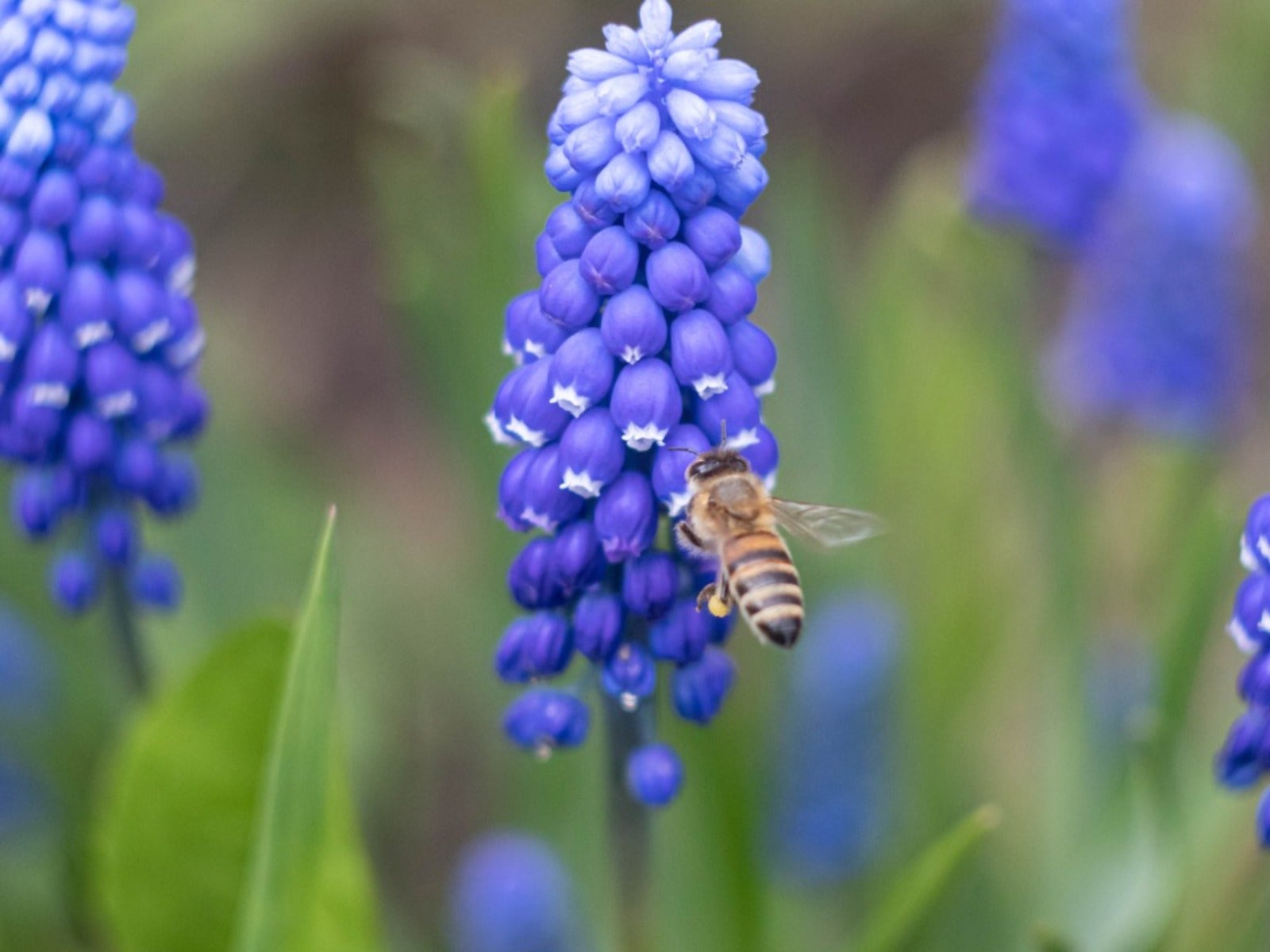 Pretty Spring Bulbs For Pollinators
Pretty Spring Bulbs For PollinatorsWhat are the best flowering bulbs for pollinators in spring? Click here to find out.
By Mary Ellen Ellis
-
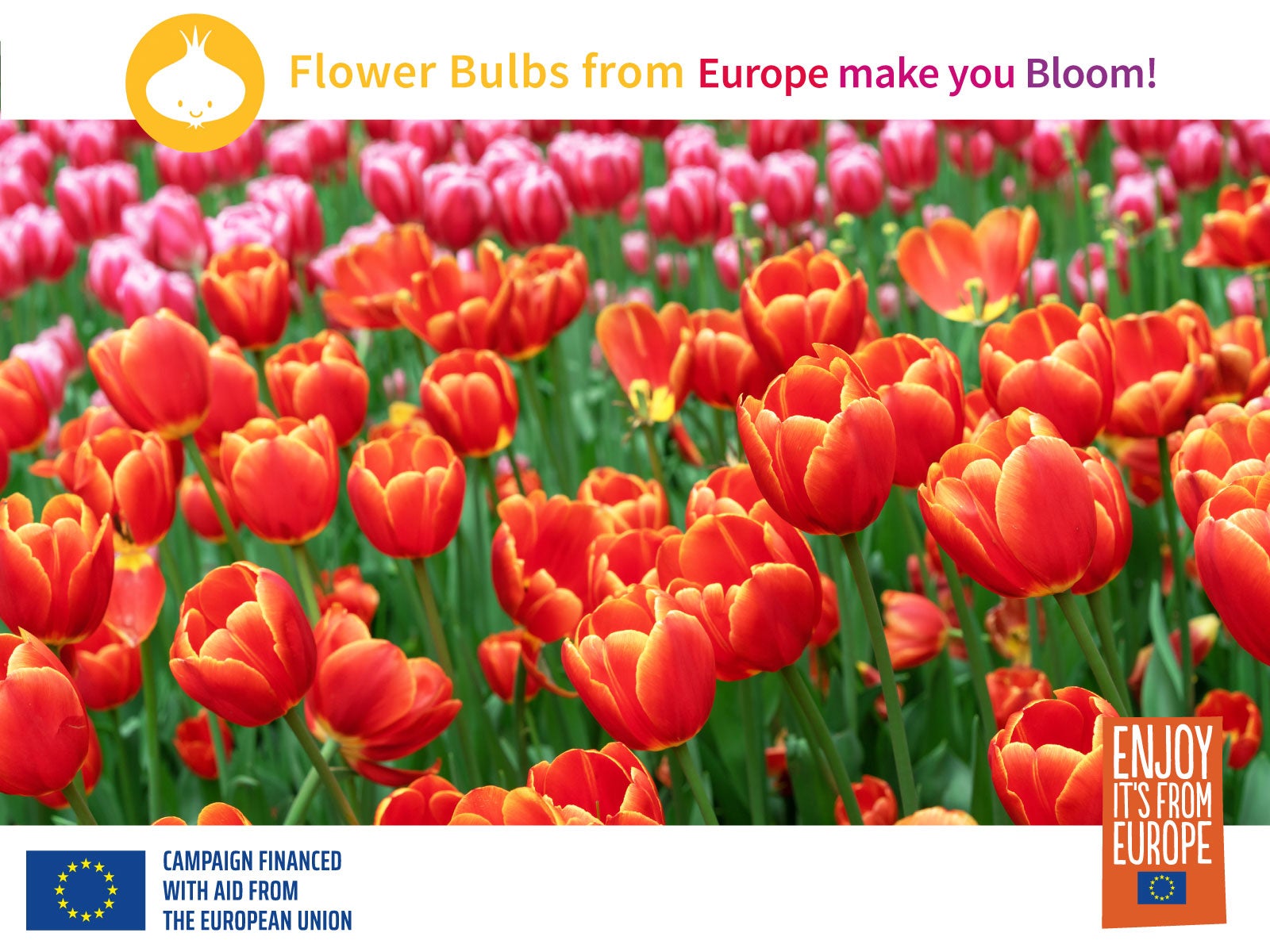 Grow An Early Spring Flowering Bulb Lawn
Grow An Early Spring Flowering Bulb LawnWant a lawn that nourishes pollinators, never needs weeding, and grows more beautiful every year? We have the lawn for you. Click for more.
By Caroline Bloomfield
-
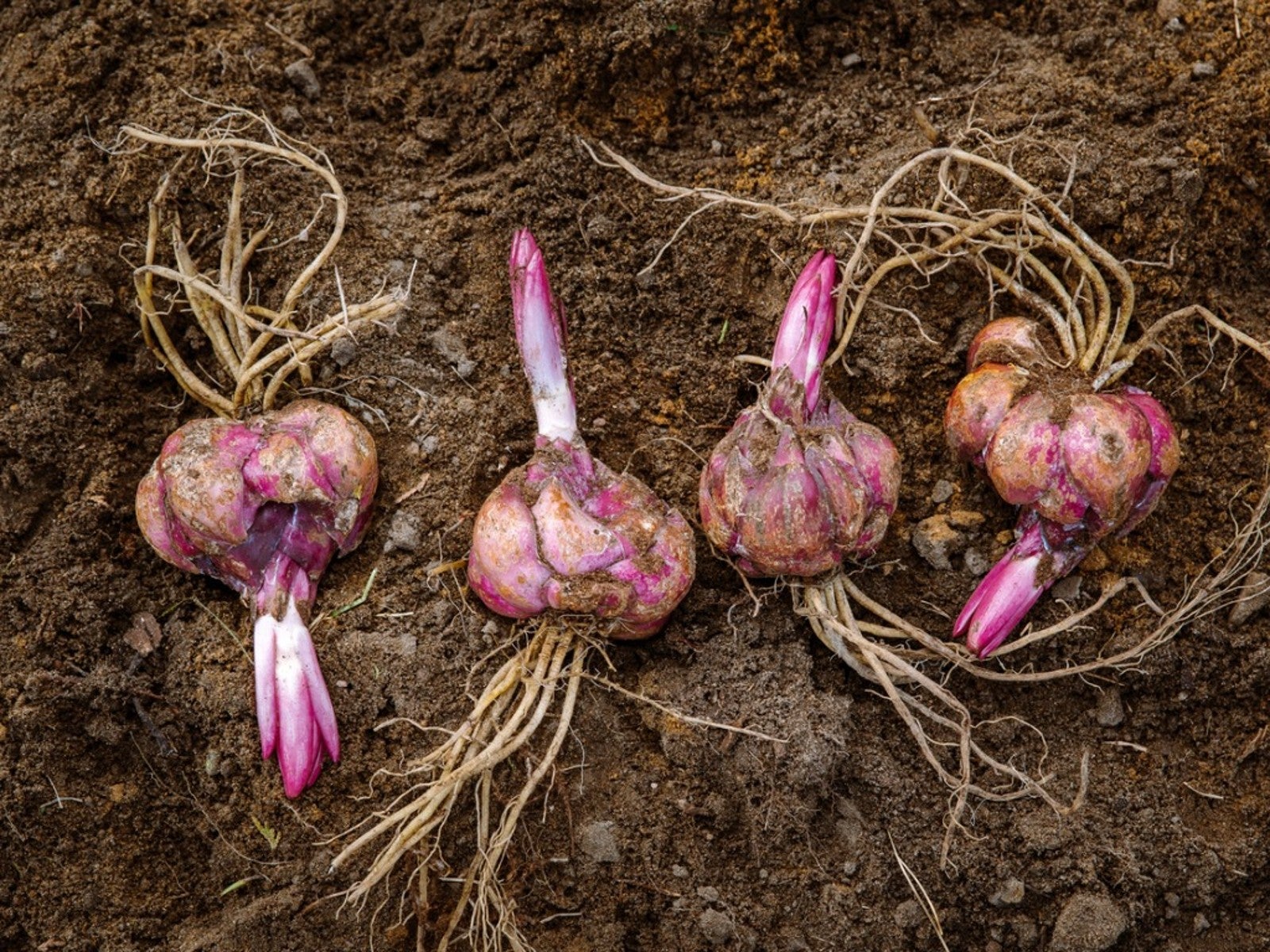 When To Dig Up Bulbs That Bloom In Summer
When To Dig Up Bulbs That Bloom In SummerClick here to learn when to dig up faded summer bulbs of some of the most common ornamentals grown.
By Tonya Barnett
-
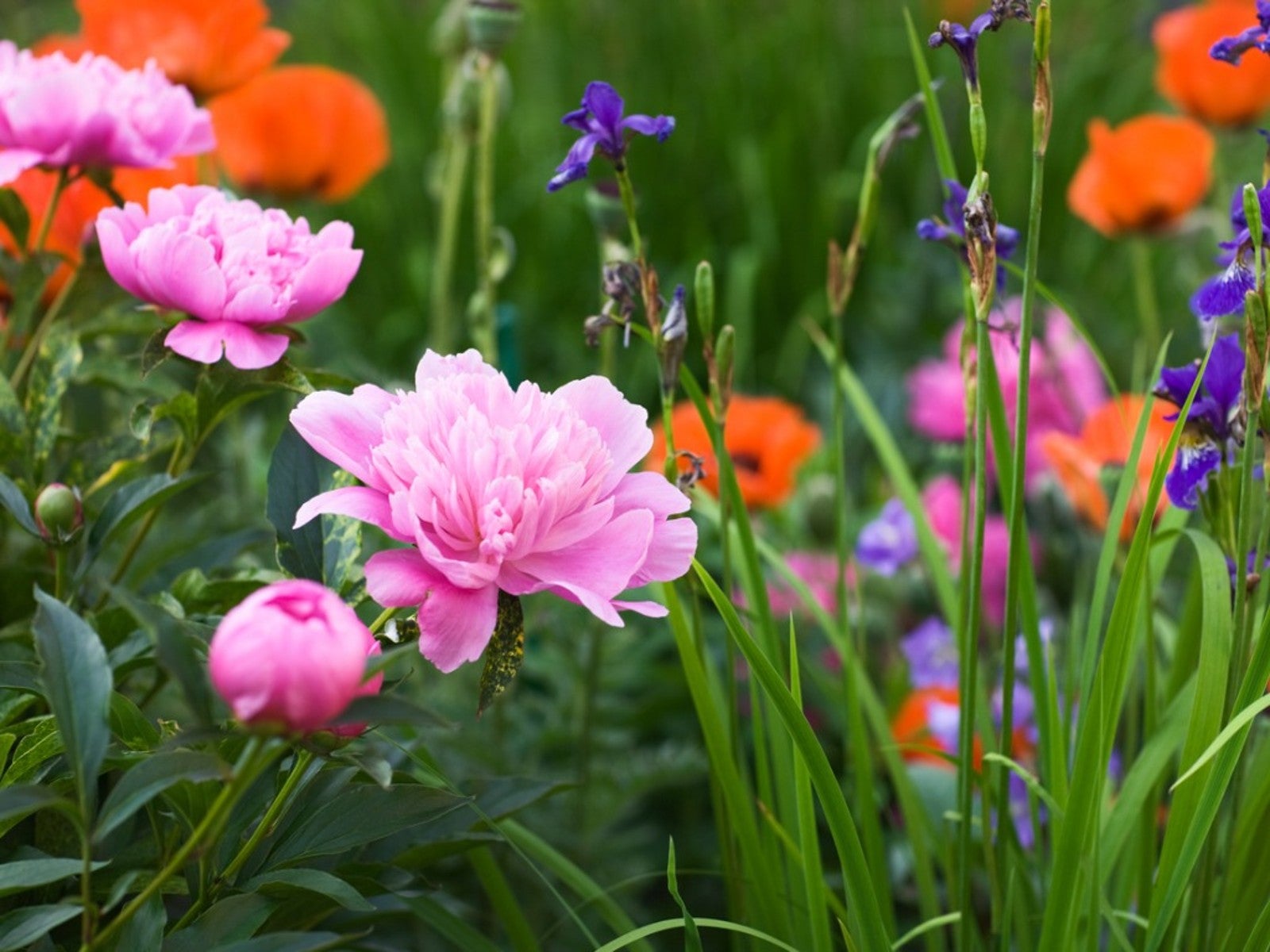 Corms, Tubers, And Bulbs That Are Deer Resistant
Corms, Tubers, And Bulbs That Are Deer ResistantWe love tulips, and so do deer! If you have hungry deer and you hunger for spring blooms, this article should help.
By Amy Grant
-
 Care for Bulbs After Blooming
Care for Bulbs After BloomingIt's tempting to chop down the leaves after you bulbs have bloomed, but you have to resist this urge! Click to learn why.
By Amy Draiss
-
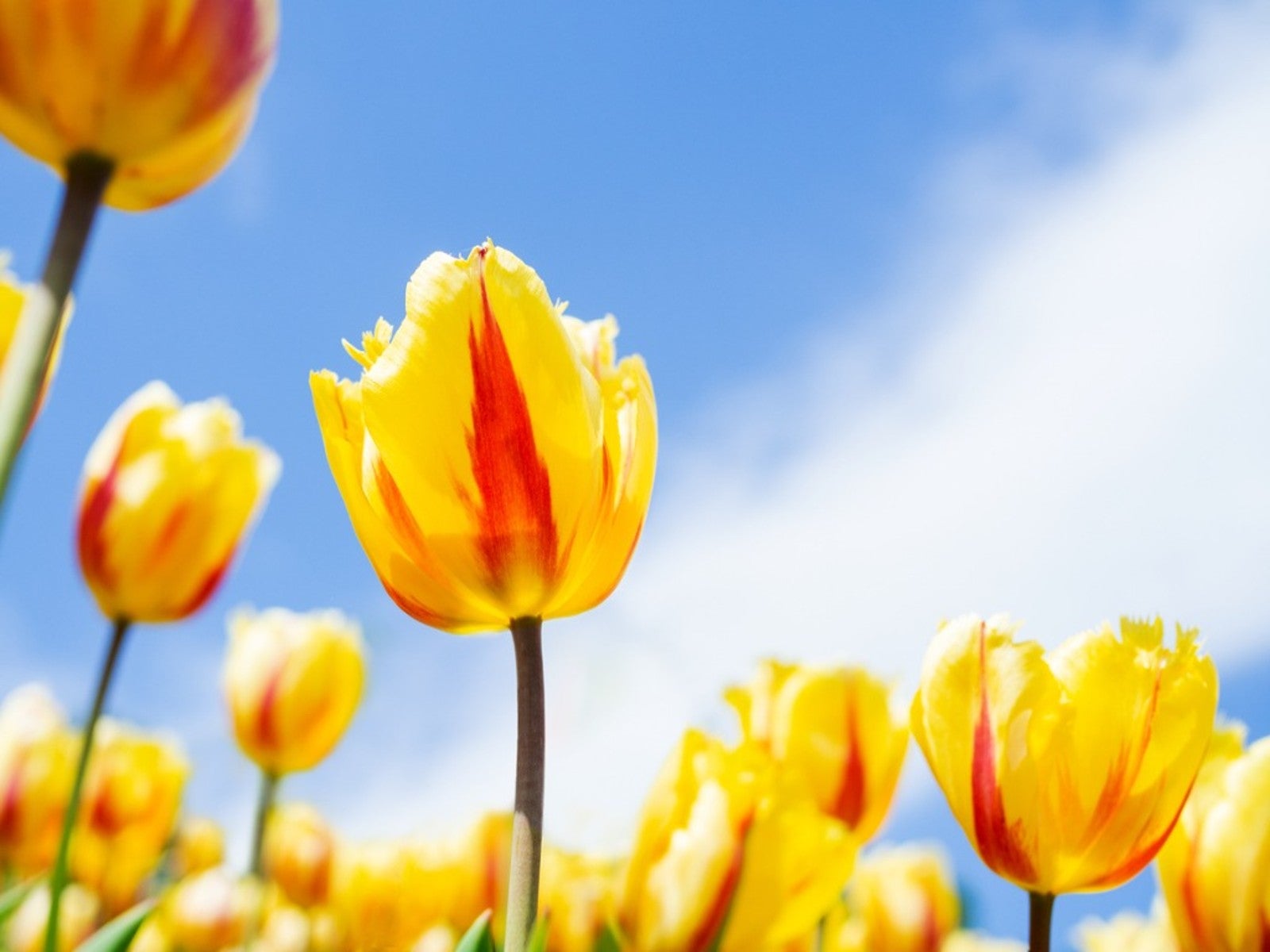 Best Spring Bulbs for Sun and Shade: Bulbs That Grow in Shade and Full Sun
Best Spring Bulbs for Sun and Shade: Bulbs That Grow in Shade and Full SunBulbs are beautiful harbingers of spring. Most flower bulbs thrive in full sun, but what if you have a shaded landscape? Read on for more.
By Amy Grant
-
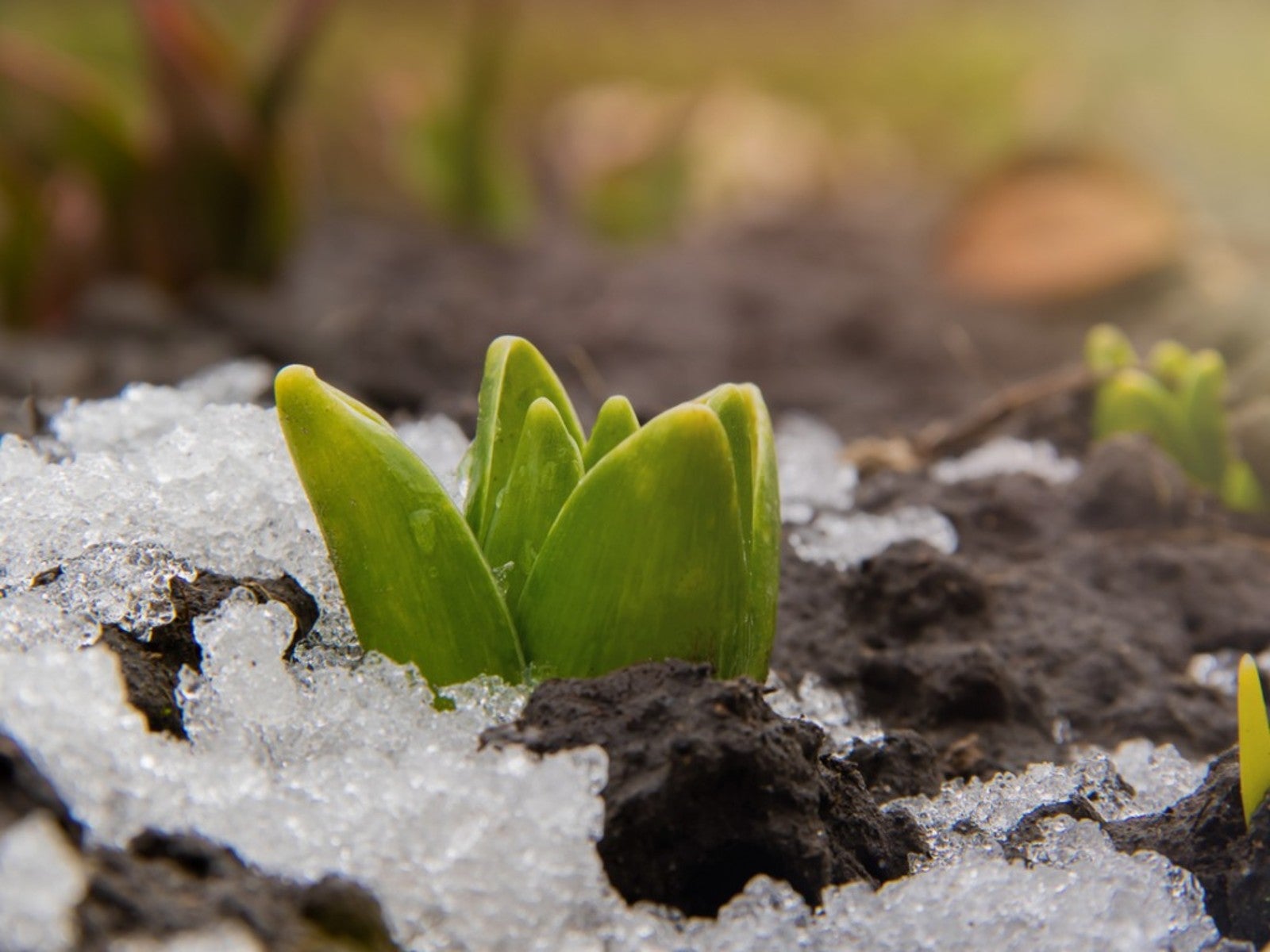 Bulb Life Cycle In Winter: What Bulbs Do For Months Under The Snow
Bulb Life Cycle In Winter: What Bulbs Do For Months Under The SnowDormancy in winter doesn't mean nothing is happening with bulbs. It just means you don't see any growth above the ground. Read on for more.
By Bonnie L. Grant
-
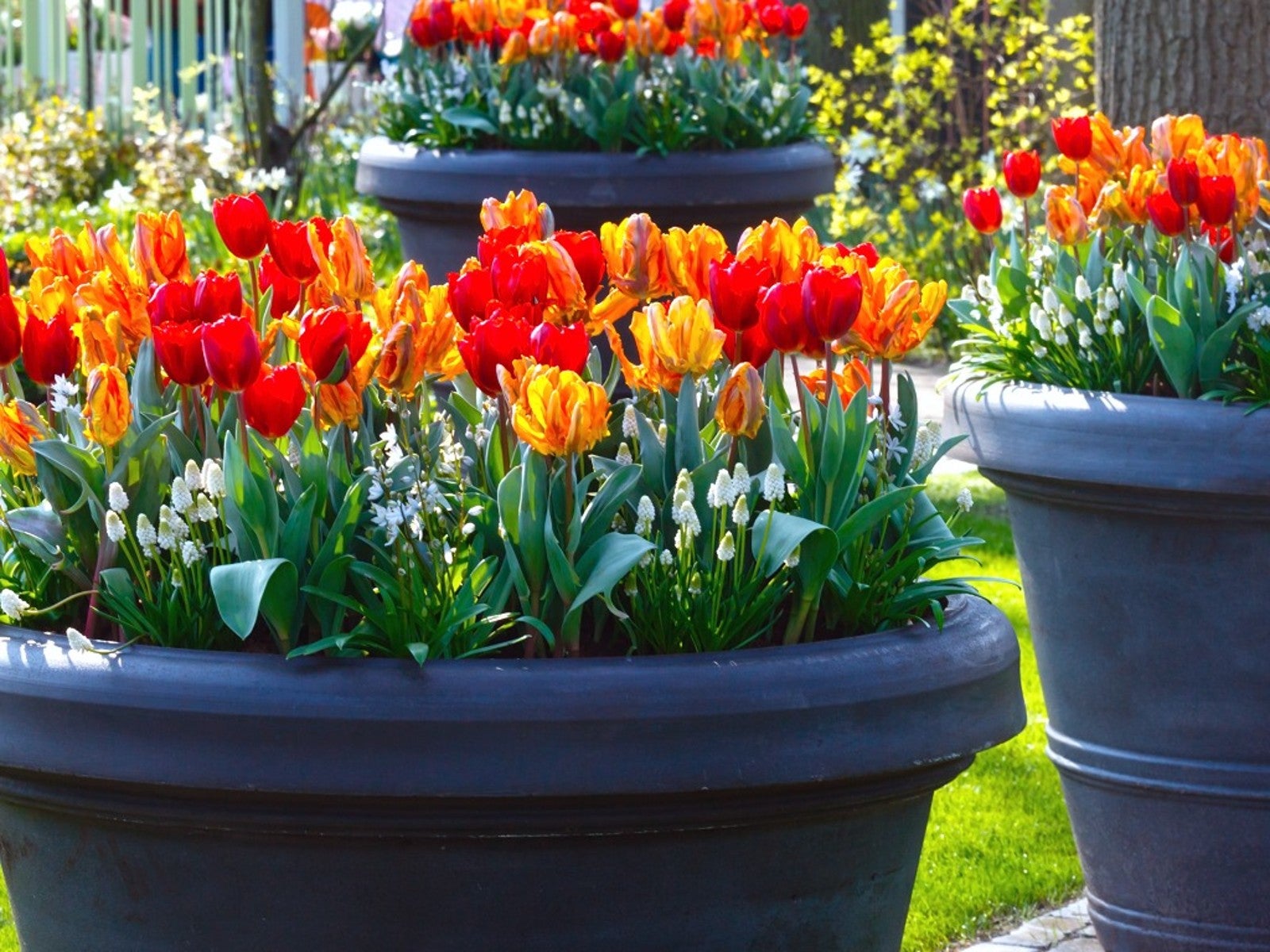 How To Plant Bulbs In Pots - Lasagna Style
How To Plant Bulbs In Pots - Lasagna StylePlanting bulbs in containers is an easy way to create a gorgeous spring porch arrangement, especially when you use the lasagna method.
By Laura Walters